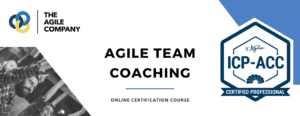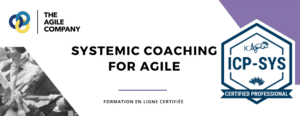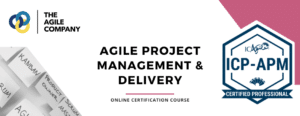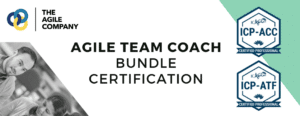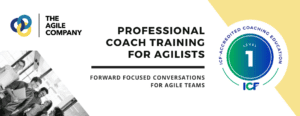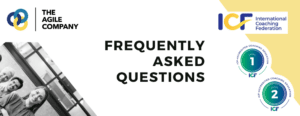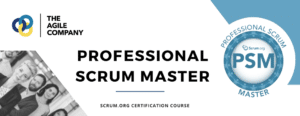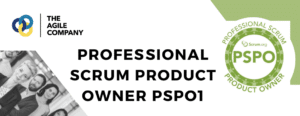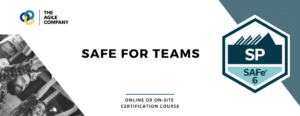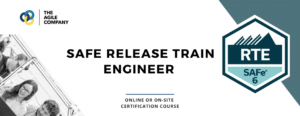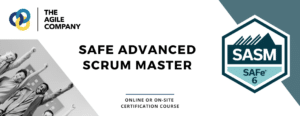We are not born women, we become women
As a young woman working at The Agile Company, where 60% of the staff and trainers is made up of talented women, I have come to appreciate the valuable contributions that women have made to the agile movement. Throughout history, women have exhibited qualities such as adaptability, collaboration, and innovation, which I find are essential for agile leadership.
Since joining The Agile Company, I have had the pleasure of meeting with several women that are the driving force behind many agile transformations for our clients and even within our company. Working with these leaders I have come to appreciate the unique perspective women bring to the table and at times, seem instrumental in promoting a culture of empowerment. Women are natural empowerers, and they encourage others to speak up and take risks, which can result in more inclusive and innovative workplaces.
Women and Agile Leadership
Flexibility is an important aspect of agile leadership, and women have always been experts at juggling multiple responsibilities and adapting to changing circumstances.
From managing a household to leading a team, women possess a unique set of capabilities that allow them to pivot and adapt quickly to new challenges.
Collaboration is also a key ingredient of agile leadership, and our company has benefited greatly from the collaborative efforts of my female collegues. By working together, our teams have achieved more that would not have been possible for any one person alone. Women are natural collaborators, and they have been the backbone of many communities, working together to achieve common goals.
I am deeply concerned about the under-representation of women in leadership positions despite the fact that they make up almost half of the global workforce. According to McKinsey & Company’s report, only 38% of first-level managers and 22% of C-suite executives are women.
The situation is even more dire for women of color, as Black, Latina, and Native American women represent less than 4% of top executive roles in the US.
Gender stereotypes and biases are major contributors to this disparity. Research shows that individuals are often unconsciously biased, associating certain traits or behaviors with specific genders, which can result in discriminatory attitudes and behaviors towards women in areas such as education, employment, and leadership positions. These biases limit opportunities for women and create barriers to their advancement, perpetuating gender inequality.
Unfortunately, many people still hold onto the belief that women are not as capable or competent as men in leadership roles, which leads to women being overlooked for promotions and opportunities.
Additionally, the lack of support systems and mentorship programs for women in the workplace also contributes to the gender gap in leadership.
Some examples of powerful women in leading:
- Mary Barra: Mary Barra is the Chairman and CEO of General Motors, the largest American automobile manufacturer. She was the first female CEO of a major global automaker and has been listed as one of the most powerful women in the world by Forbes magazine. Barra has been with GM for over 30 years and has played a significant role in the company’s restructuring after the 2008 financial crisis.
- Sheryl Sandberg: Sheryl Sandberg is the Chief Operating Officer (COO) of Facebook, the world’s largest social networking platform. She is also the founder of LeanIn.org, a non-profit organization that aims to empower women to achieve their ambitions. Sandberg is known for her advocacy for gender equality in the workplace and has authored several books on the topic, including “Lean In: Women, Work, and the Will to Lead.”
- Ginni Rometty: Ginni Rometty is the former Chairman, President, and CEO of IBM, one of the largest and most influential technology companies in the world. Rometty was the first woman to lead IBM, and during her tenure, she oversaw the company’s transformation into a cloud computing and artificial intelligence (AI) powerhouse.
- Safra Catz: Safra Catz is the CEO of Oracle Corporation, a multinational computer technology corporation that specializes in database software and cloud computing. She joined the company in 1999 and has played a key role in its growth and success. Catz is known for her strong leadership and has been named one of Fortune’s Most Powerful Women several times.
- Indra Nooyi: Indra Nooyi is the former Chairman and CEO of PepsiCo, one of the largest food and beverage companies in the world. During her tenure, Nooyi transformed PepsiCo into a more health-focused company and oversaw the acquisition of several major brands, including Tropicana and Quaker Oats. She has been recognized for her leadership and was named one of Forbes’ Most Powerful Women for several years.
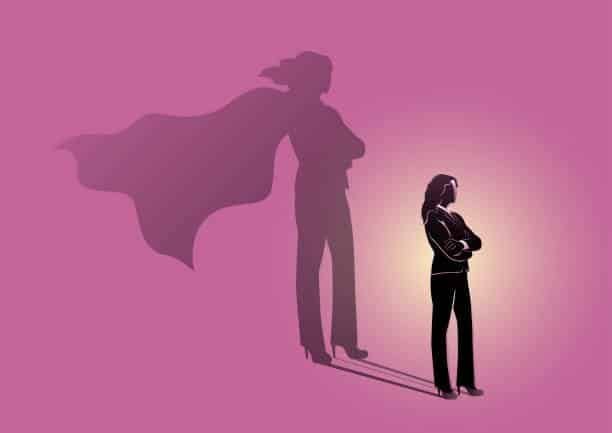
Equality is the key !
As a young woman entering the workforce, I am committed to advocating for gender equality in leadership and working towards dismantling these systemic barriers. It is crucial that we recognize and address the underlying causes of this issue in order to create a more equitable and inclusive future for all.
In conclusion, I am proud to be part of a company where women make up such a significant portion of the workforce, and I believe that women and agile leading are a perfect match.
I believe women will continue to create a workplace that is more agile and better equipped to tackle the challenges of the modern business world, on this international women’s day, I celebrate the many contributions that women have made to the agile movement and let’s continue to empower and support women as they lead the way forward!

